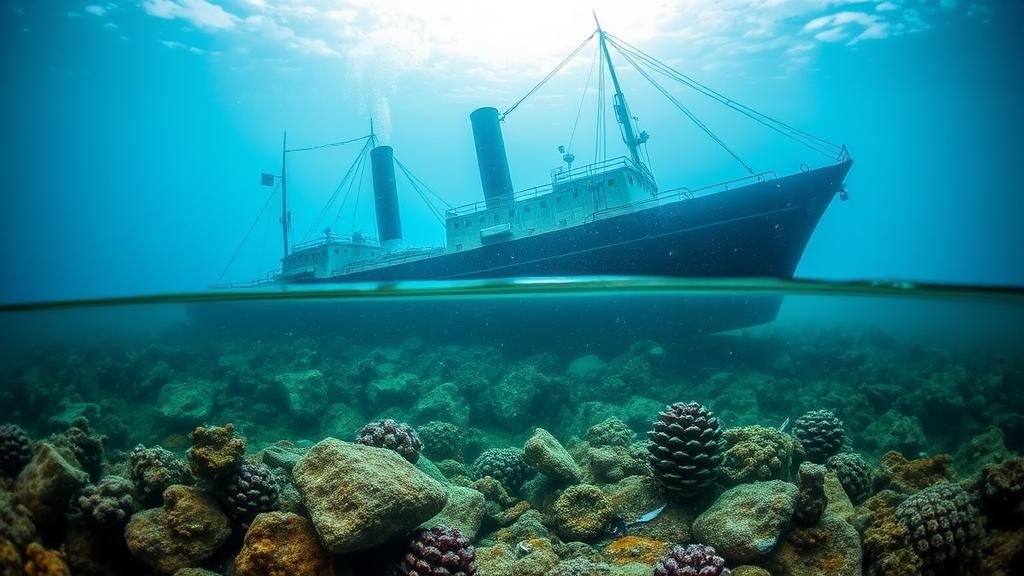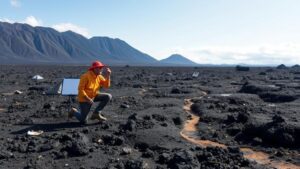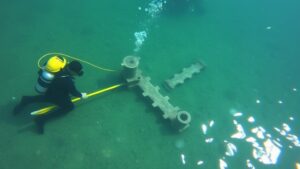How to Recover Treasure From Sunken Ships Without Damaging Ecosystems
Understanding Treasure Recovery from Sunken Ships
The allure of treasure from sunken ships has captivated adventurers and historians alike. But, the process of recovering these artifacts poses significant ethical and ecological challenges. The focus of this article is to explore methodologies for recovering treasure while ensuring that the surrounding marine ecosystems are preserved and protected.
The Importance of Marine Ecosystems
Marine ecosystems are complex networks comprising various species and habitats. play a critical role in maintaining the health of the planet, offering services such as carbon sequestration, oxygen production, and coastal protection. According to the United Nations, healthy oceans contribute to the livelihoods of over 3 billion people globally. So, any treasure recovery efforts must consider their potential impact on these vital systems.
Assessing Environmental Impact
Prior to initiating treasure recovery operations, an environmental impact assessment (EIA) is essential. This assessment evaluates the potential effects of the operation on marine flora and fauna. For example:
- The assessment identifies sensitive habitats such as coral reefs or seagrass beds that could be harmed during recovery.
- It includes studies on local fish populations to predict any disruptions or long-term changes resulting from the recovery activities.
A notable case occurred in 2006 when the recovery of the NHF Baffin, a sunken Canadian ship, was postponed after an EIA showed potential harm to a nearby coral reef. The findings mandated a revaluation of salvage techniques to minimize ecological impact.
Innovative Recovery Techniques
Adopting advanced methodologies can significantly decrease the impact on ecosystems during treasure recovery. Here are several innovative techniques currently employed:
Remote Sensing Technology
Remote sensing involves using aerial and underwater drones equipped with cameras and sensors to locate submerged artifacts without disturbing the seabed. This non-invasive technique provides high-resolution images and data about the site, allowing teams to plan meticulous recovery operations. A successful application was seen in 2015 when researchers used sonar mapping to find the wreck of the USS Johnson without disturbing the surrounding seafloor.
Selective Recovery Techniques
Selective recovery is an approach that prioritizes the recovery of artifacts with minimal disturbance to their surroundings. This method involves:
- Using specialized tools that can maneuver around delicate ecosystems, such as glass-studied robots designed for precision.
- Useing techniques like air lifts that allow for the gentle removal of artifacts without disturbing sediment or local wildlife.
For example, during the excavation of the Spanish galleon Nuestra Señora de Atocha, divers used vacuum technology to extract artifacts while leaving the surrounding sediment largely undisturbed, leading to minimal ecological disruption.
Legal and Ethical Considerations
Treasure recovery is not just a matter of technology; it also raises several legal and ethical issues. International law dictates that sunken treasures often belong to the country of origin or the country where the ship sank. Compliance with regulations under the UNESCO Convention on the Means of Prohibiting and Preventing the Illicit Import, Export and Transfer of Ownership of Cultural Property is crucial. Also, obtaining necessary permits and surveying the historical value of the wreck can help in aligning recovery efforts with legal requirements.
Building Partnerships
Forming partnerships with marine conservation organizations can amplify treasure recovery projects. Collaborating with these organizations ensures that ecological concerns are prioritized and that recovery efforts can lead to better environmental stewardship. A successful example is the partnership between NOAA and various archaeological groups, which has effectively recovered artifacts while promoting marine conservation.
Community Engagement
Involving local communities is critical in fostering support for recovery efforts and ensuring ecological protection. Educational programs that inform communities about the importance of marine ecosystems and the historical value of sunken vessels can motivate them to participate in recovery operations responsibly.
Public Awareness Campaigns
Creating awareness through campaigns can help highlight the need for sustainable treasure recovery. Engaging local stakeholders and the public can also lead to better conservation practices, as shown by programs in coastal towns that have fostered eco-tourism around marine archaeological sites. This not only aids in preservation but also boosts local economies.
Conclusion
Recovering treasure from sunken ships without damaging ecosystems is a complex but achievable goal. By utilizing innovative technologies, conducting thorough environmental assessments, adhering to legal standards, and engaging communities, treasure hunters can ensure that their explorations contribute to both historical knowledge and environmental protection. Sustainable practices in treasure recovery can safeguard marine ecosystems for future generations while allowing us to cherish artifacts that tell stories from our past.
Actionable Takeaways
- Conduct comprehensive environmental impact assessments before initiating recovery activities.
- Use innovative, selective recovery methods that minimize ecological disruption.
- Engage with conservation organizations and local communities to enhance support and awareness.
- Ensure compliance with local and international laws regarding sunken treasures.



